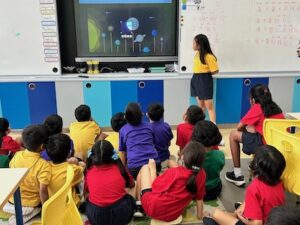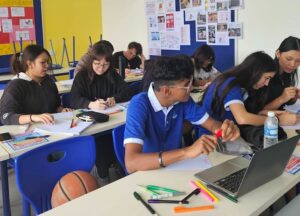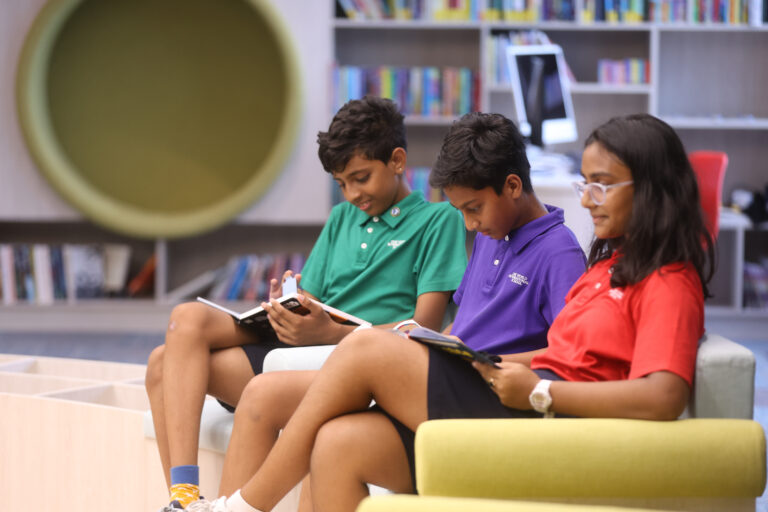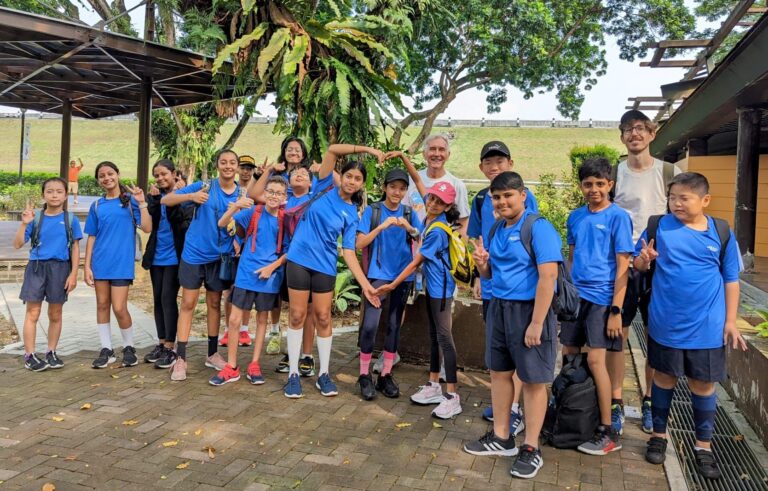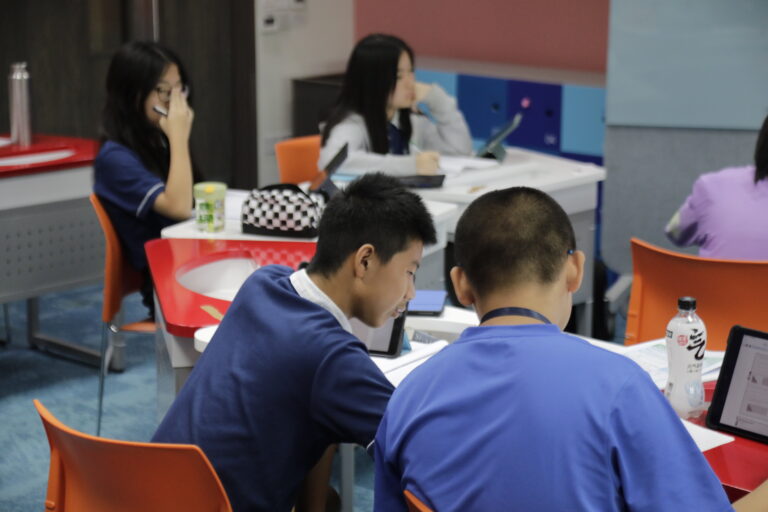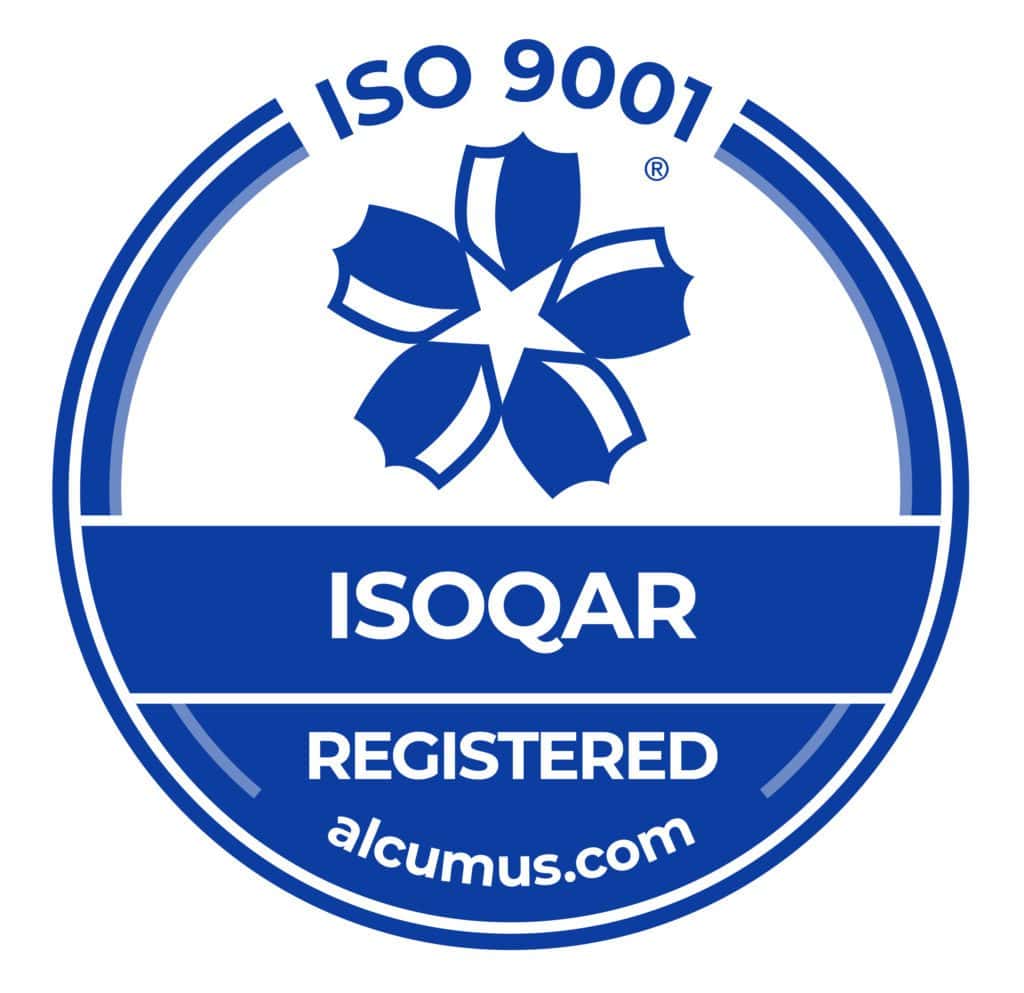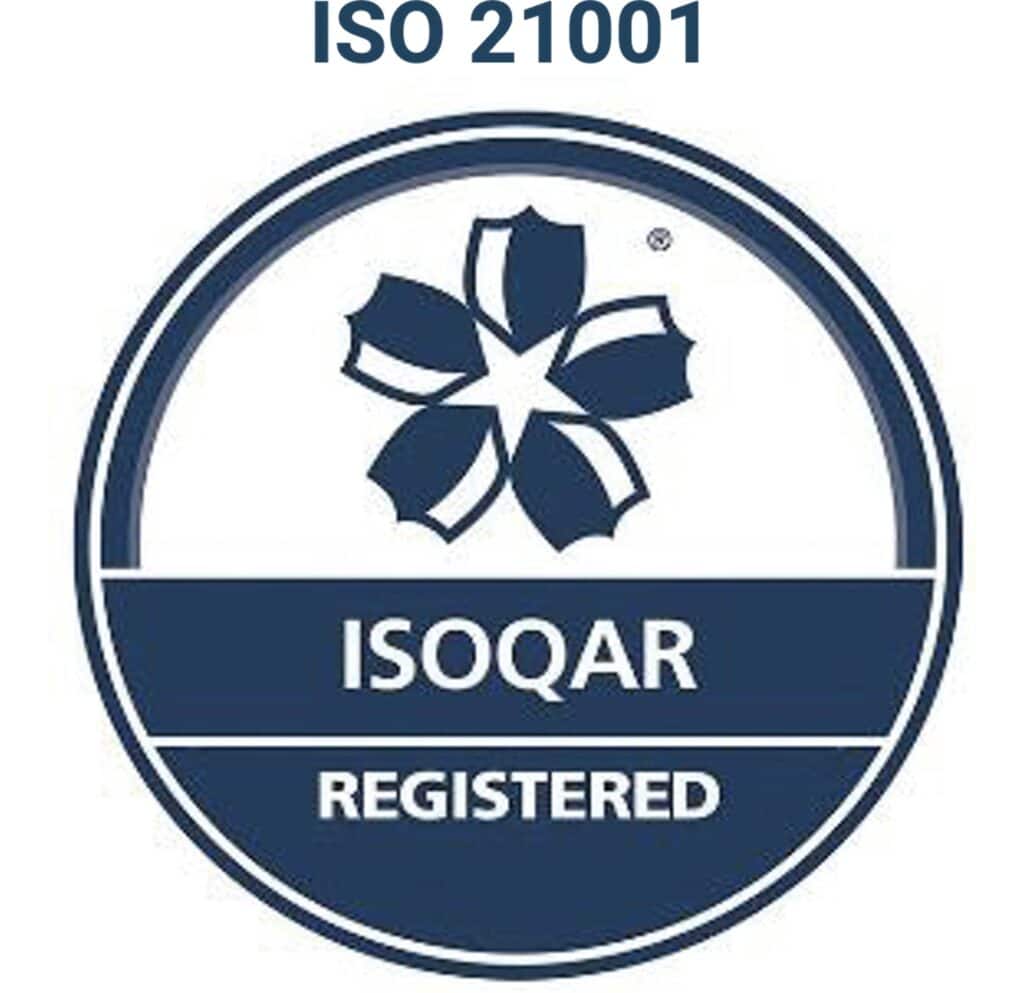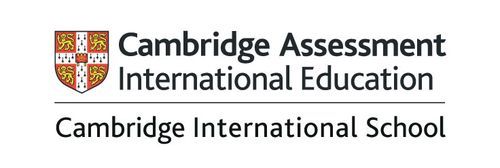Positive reinforcement is the act of rewarding good behaviour, rather than punishing a poor choice. It’s been found to be beneficial for people of all ages, but it’s particularly powerful for school-aged children in the classroom setting. At OWIS, positive reinforcement is used at all levels and allows teachers to highlight the right choices that students are making rather than embarrassing them for making mistakes.
Types of Positive Reinforcement
While positive reinforcement can be applied in the classroom setting in many ways, five main types of positive reinforcement are used most often:
- Direct reinforcement
- Social reinforcers
- Activity reinforcers
- Tangible reinforcers
- Token reinforcement
How Does Positive Reinforcement Change Behaviours in the Classroom?
When applied promptly after the target action and consistently amongst all students, positive reinforcement can be very effective at changing behaviours in the classroom. Students who feel like they will be acknowledged and rewarded for good behaviour are more likely to adopt those behaviours than those who do not feel it is worth their while. Teachers who are appropriately trained in positive reinforcement techniques can select the types of positive reinforcement that will work best within their classroom setting, depending on the age and development level of their students.

Is it Possible to Change Behaviour Without Punishment?
Positive Reinforcement at OWIS
Positive reinforcement is used at every level of schooling at OWIS, from the early childhood programme through secondary school. Some examples of positive reinforcement at OWIS include:
- A rewards point system in which students earn points for positive academic achievements and are recognised for those achievements at school assemblies.
- A marble reward system in which students earn marbles for displaying positive behaviour traits at school.
- A commitment by all OWIS staff, to offering public praise and private criticism.
We insist that our teachers utilise positive reinforcement strategies in our classrooms, and we expect that students will benefit from these techniques.
Do you feel that your child has benefitted from positive reinforcement techniques either at home or in school? At OWIS, we would love to hear more about what works best for your child. Follow us on social media and tag us in a post to tell us more about why you believe positive reinforcement works for students.
(All OWIS photographs in this blog article were taken pre-Covid. The school is adhering to hygiene protocols and social distancing measures as recommended by the CPE and Ministry of Health, Singapore.)
(This blog was originally written in collaboration with Ms Rowan Grigoropoulos, former Primary School Teacher, OWIS Nanyang.)



